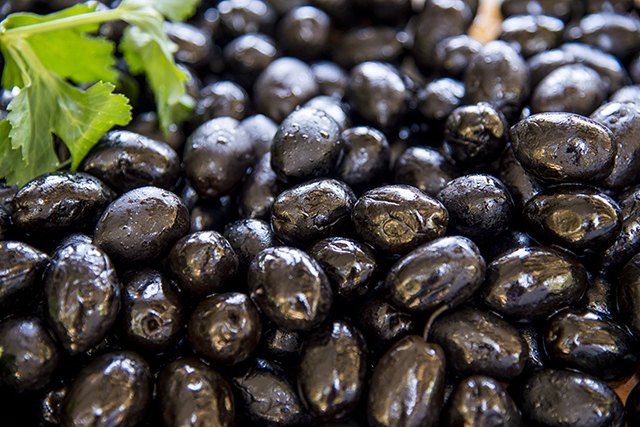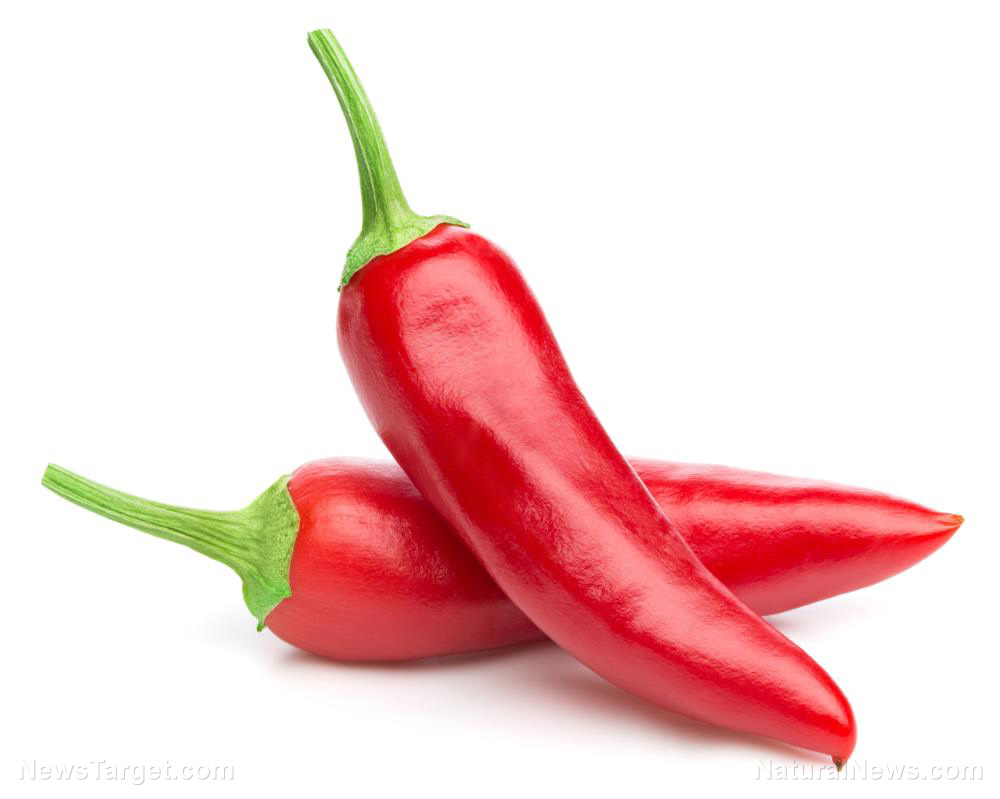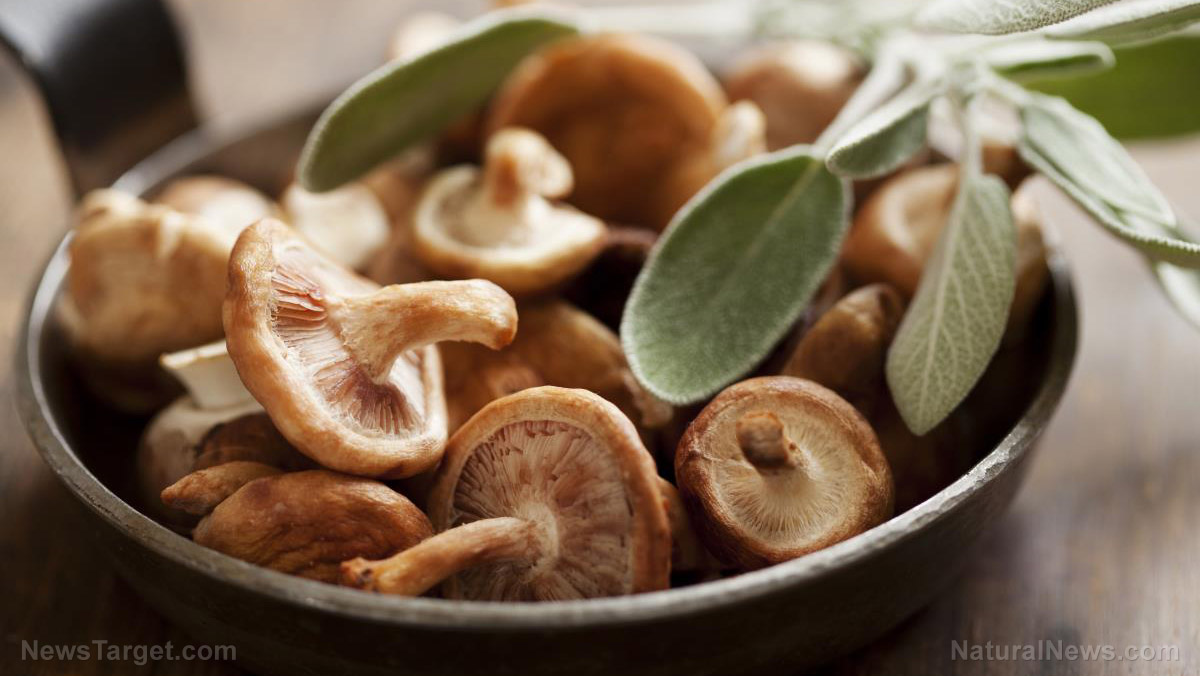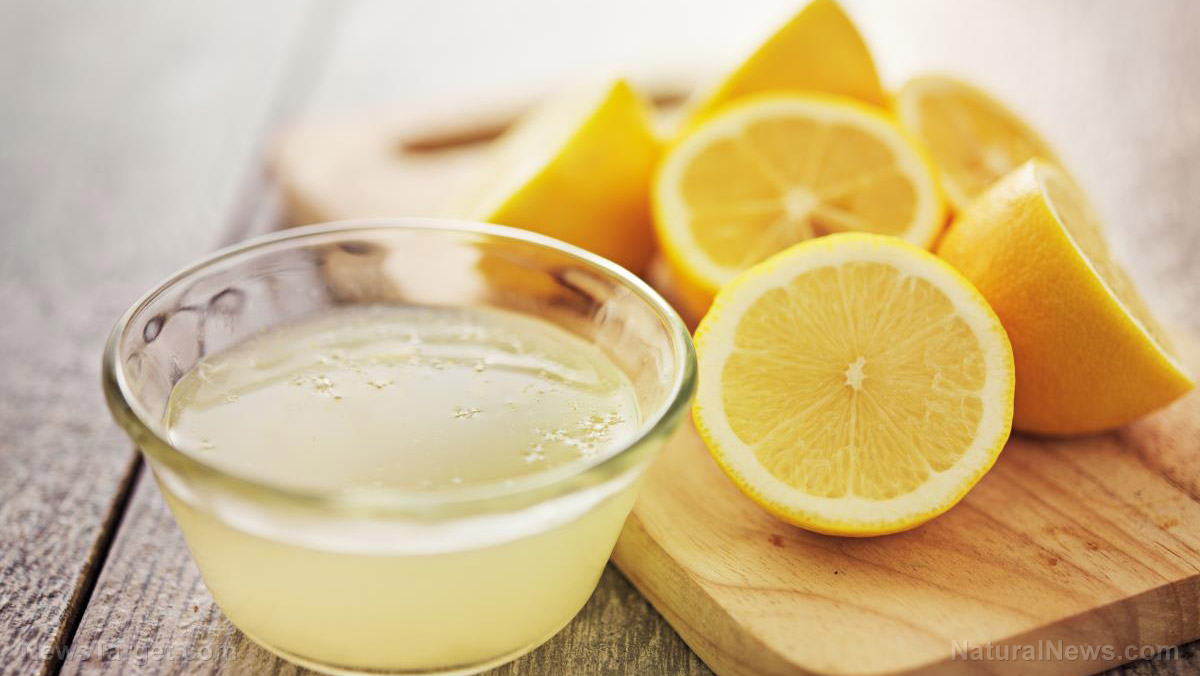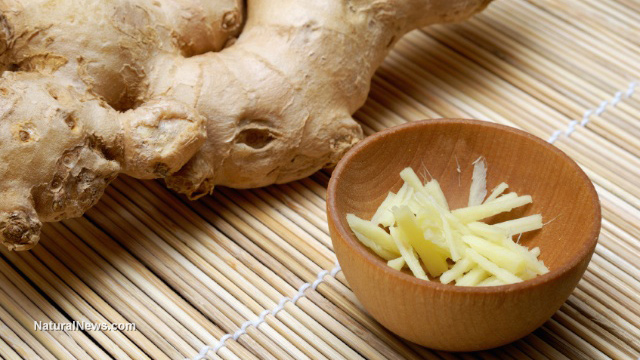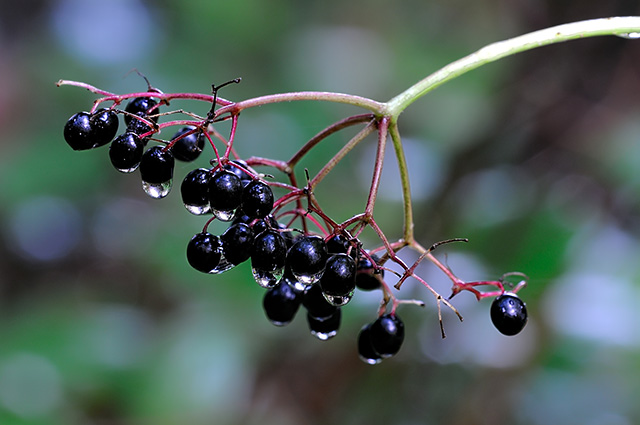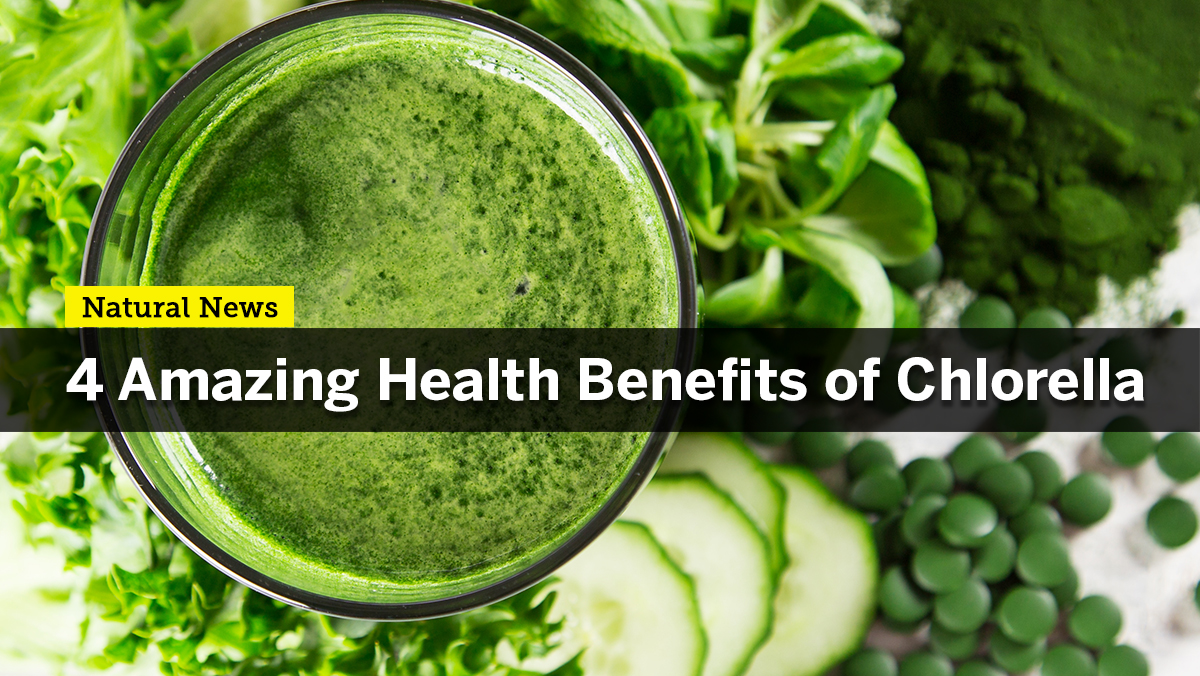Moringa 101: All you need to know about its health benefits, medicinal applications and nutrient profile
08/07/2019 / By Ralph Flores
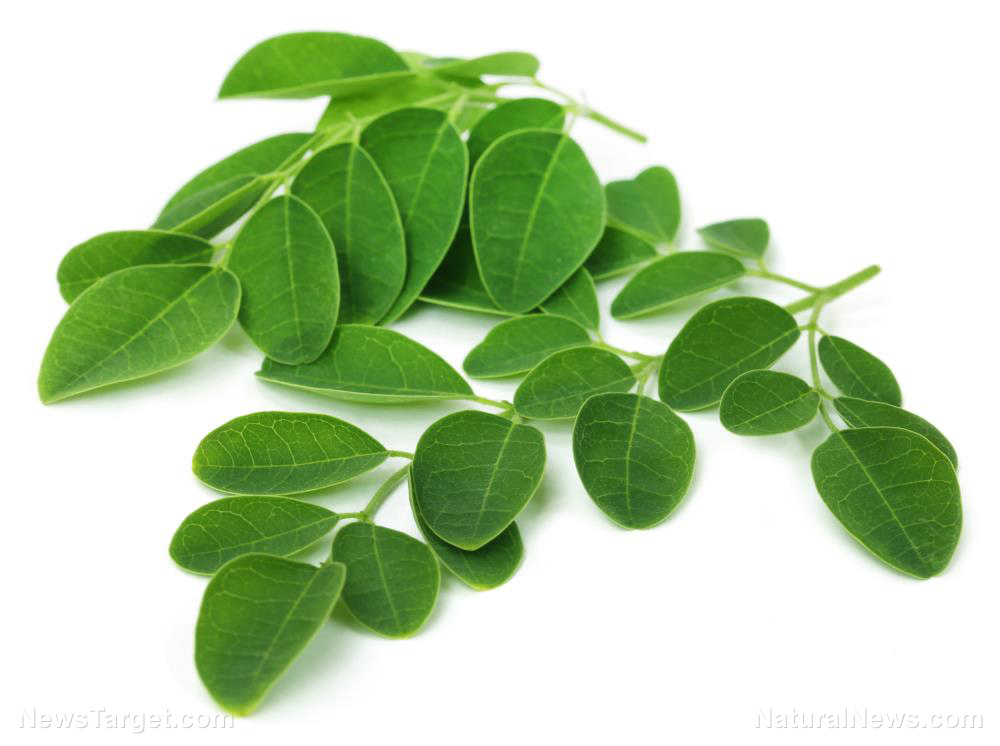
Superfoods are pretty much like superhero films these days: Every day, a plant is hailed as the “new” superfood, which has more benefits than most foods in the market.
However, most of these plants can’t hold a candle to moringa (Moringa oleifera), a tree whose health benefits have been established since the time of the ancient Indians. In an article published in the journal Food Science and Human Wellness, researchers from PES University and the Indian Institute of Technology Hyderabad listed some of the commercial and medicinal applications of moringa, which they dubbed the “Miracle Tree.”
Small leaves, huge benefits
The moringa tree — which also goes by the name drumstick tree or horseradish tree — is native to northern India in the Himalayas but is now grown in many tropical and subtropical regions around the world. The tree is easily cultivated, fast-growing, and drought resistant, making it a sustainable remedy in communities that struggle for food resources, like West Africa and Mexico. In countries like Senegal and Benin, moringa is used to treat malnutrition in children.
Compared to other superfoods, moringa is a nutritional powerhouse. It has:
- Seven times more vitamin C than oranges
- 1o times more vitamin A than carrots
- A whopping 17 times more calcium than milk
- Nine times more protein than yogurt
- 15 times more potassium than bananas
- 25 times more iron than spinach
It’s also rich in vitamins B1, B2, B3, and E, phosphorus, and dietary fiber.
Health benefits of moringa
Moringa has long been used in traditional medicine, where it’s known to treat over 300 diseases. While many people believe that the leaves of moringa are its most beneficial parts, in India, even the root bark is used in medicine.
In the review, the authors highlighted some of the known benefits of moringa.
- Antidiabetic. Scientists found that moringa extracts act as an antidiabetic agent for both Type 1 and Type 2 diabetes. The antioxidants present in the leaves protect beta cells in the pancreas from oxidative stress, allowing them to produce much-needed insulin to keep blood sugar levels normal. Researchers also found that the plant can benefit those with diabetes by preventing some of its complications, including retinopathy and nephropathy, to name a few.
- Anticancer. There’s no question that cancer is a devastating disease, for both the sufferer and his family. According to the World Health Organization, more than 9 million people worldwide die from cancer every year, making it the second leading cause of death after cardiovascular disease. While conventional treatments exist, these can be expensive and have adverse effects. Multiple studies provide evidence that moringa leaves exhibit anticancer potential; scientists say that its ability to protect cells from oxidative damage also helps in preventing the abnormal spread of cancer cells in the body. Additionally, moringa can upregulate caspase 3 and 9, which are associated with programmed cell death in cancer cells.
- Anti-inflammatory. While inflammation is part of the body’s natural response to infection, chronic inflammation is not. Inflammation that persists can be a precursor to other chronic diseases like heart disease and cancer. According to researchers, moringa leaves, pods, and seeds are rich in isothiocyanates, which have potent anti-inflammatory properties.
Every part has its benefit
It’s worth noting that no part of the moringa tree is wasted, especially when it comes to health benefits and nutritional value.
The leaves are rich in fiber, fat, protein, and minerals like calcium, magnesium, iron, and potassium. They also have B-vitamins as well as essential amino acids. Studies show that moringa leaves can treat diseases like asthma, diarrhea, headaches, and eye and ear infections, thanks to the presence of flavonoids like quercetin. (Related: Moringa is a nutrient-dense superfood that protects you from oxidative damage.)
The seeds contain oleic acid and other fatty acids like linoleic, and behenic acids. They are also rich in tannins, phenolics, and other phytochemicals. Studies show that moringa seeds can help treat Crohn’s disease, arthritis, gout, cramps, and hyperthyroidism. Moringa seeds are also potent antimicrobial agents.
The root bark has alkaloids and minerals such as magnesium and calcium. It also has anti-inflammatory and anti-ulcer activities. The alkaloid content of the root bark is responsible for both bioactivities and can even help in relaxing cardiac muscles.
The benefits of moringa extend beyond food and medicine. Its seeds are also pressed for their oil, which can be used in perfumes, cosmetics, and lubrication. In agriculture, moringa is highly valued for its ability to increase crop yield and eliminate heavy metals from water.
FoodScience.news has more stories on moringa’s other health benefits and uses.
Sources include:
Tagged Under: #nutrition, alternative medicine, anti-diabetes, anti-inflammatory, anticancer, antidiabetic, Antimicrobial, antioxidant, cancer cures, diabetes, disease treatments, drumstick tree, food cures, food is medicine, functional food, horseradish tree, longevity, minerals, moringa, Moringa oleifera, natural cures, natural medicine, natural remedies, phytochemicals, prevention, remedies, research, traditional medicine
RECENT NEWS & ARTICLES
COPYRIGHT © 2017 NATURAL CURES NEWS



